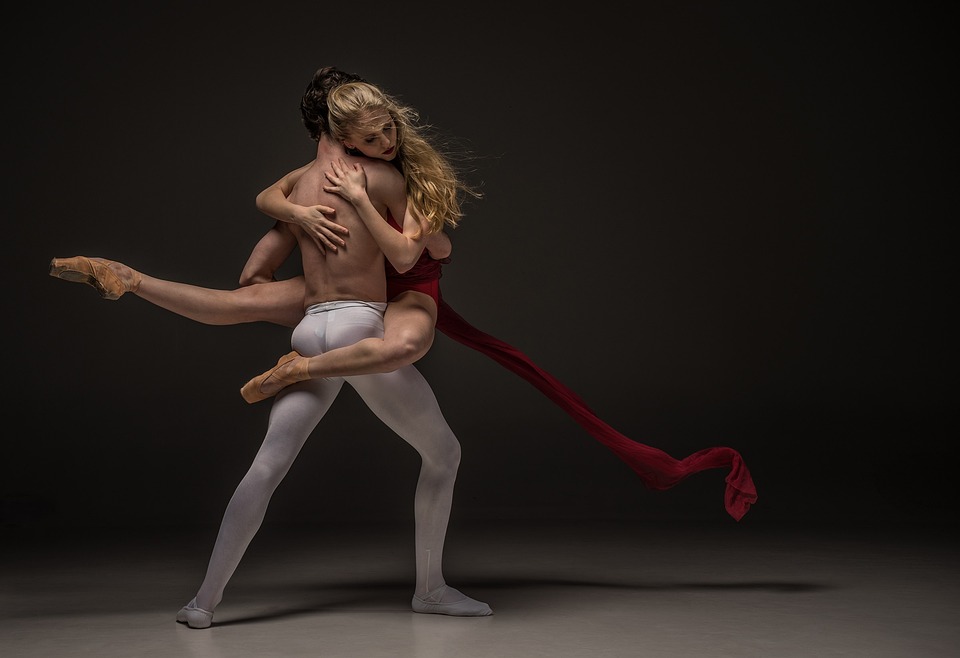Enhancing Emotional Expression in Quartet Performances
Quartet performances are known for their intricate interplay between four musicians, each bringing their unique voice and skills to the ensemble. While technical precision and musicality are key components of a successful quartet performance, emotional expression is equally important in capturing the hearts and minds of the audience.
The Role of Emotional Expression in Quartet Performances
Emotional expression in quartet performances goes beyond simply playing the notes on the page. It involves conveying the emotional depth and nuances of the music, creating a connection with the audience that transcends the boundaries of language and culture.
One of the key elements of emotional expression in quartet performances is the musicians’ ability to communicate with each other on a deep, intuitive level. This requires a high level of trust and mutual respect among the members of the quartet, as well as a willingness to listen and respond to each other’s musical ideas.
Techniques for Enhancing Emotional Expression
There are several techniques that quartet musicians can use to enhance emotional expression in their performances:
1. Dynamics: One of the most effective ways to convey emotion in music is through the use of dynamics, or changes in volume. By varying the volume of their playing, quartet musicians can create a sense of tension and release, drawing the audience into the emotional landscape of the music.
2. Vibrato: Vibrato is a technique used by string players to add warmth and depth to their sound. By varying the speed and intensity of their vibrato, quartet musicians can add a sense of urgency or longing to their playing, enhancing the emotional impact of the music.
3. Phrasing: Phrasing refers to the way in which musicians shape the individual notes and phrases of a musical passage. By paying close attention to the phrasing of their playing, quartet musicians can create a sense of ebb and flow in the music, enhancing its emotional impact.
4. Body Language: In addition to their musical technique, quartet musicians can also use their body language to convey emotion in their performances. By making eye contact with each other, gesturing with their hands, and moving in sync with the music, quartet musicians can create a sense of unity and emotional connection on stage.
The Benefits of Emotional Expression in Quartet Performances
Enhancing emotional expression in quartet performances has a number of benefits, both for the musicians themselves and for their audience:
1. Audience Engagement: Emotional expression is a powerful tool for engaging the audience and creating a memorable performance. When quartet musicians convey a sense of emotional depth and authenticity in their playing, they are more likely to connect with their listeners on a deep, emotional level.
2. Artistic Fulfillment: For quartet musicians, the ability to express themselves emotionally in their performances can be a source of great artistic fulfillment. By tapping into their own emotions and sharing them with the audience, musicians can create a sense of intimacy and connection that transcends the boundaries of the concert hall.
3. Musical Communication: Emotional expression is also a key element of musical communication among quartet musicians. By listening and responding to each other’s emotional cues, musicians can create a sense of unity and cohesion in their playing, leading to a more cohesive and dynamic performance.
Conclusion
In conclusion, enhancing emotional expression in quartet performances is a vital component of creating a memorable and engaging musical experience. By using techniques such as dynamics, vibrato, phrasing, and body language, quartet musicians can convey the emotional depth and nuances of the music, creating a powerful connection with their audience and with each other. By embracing emotional expression in their performances, quartet musicians can elevate their music to new heights and create performances that resonate with listeners long after the final note has been played.


